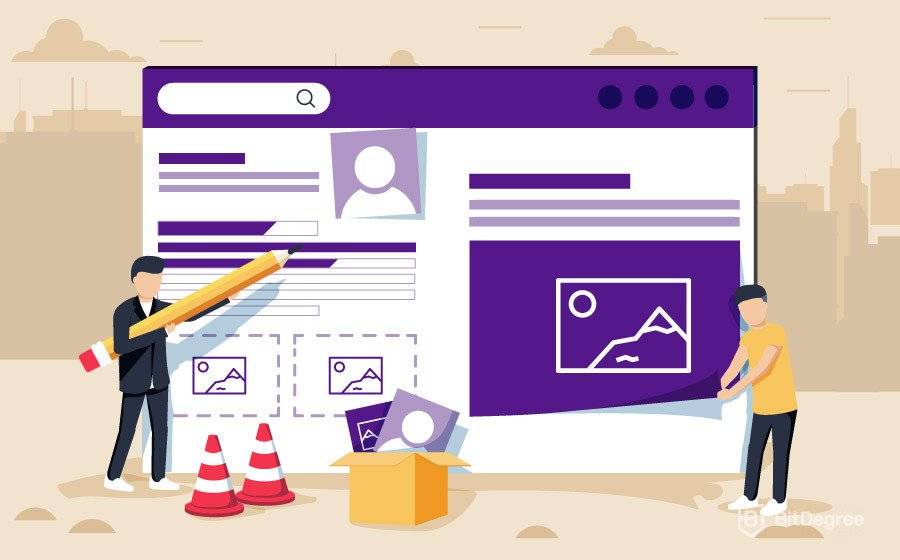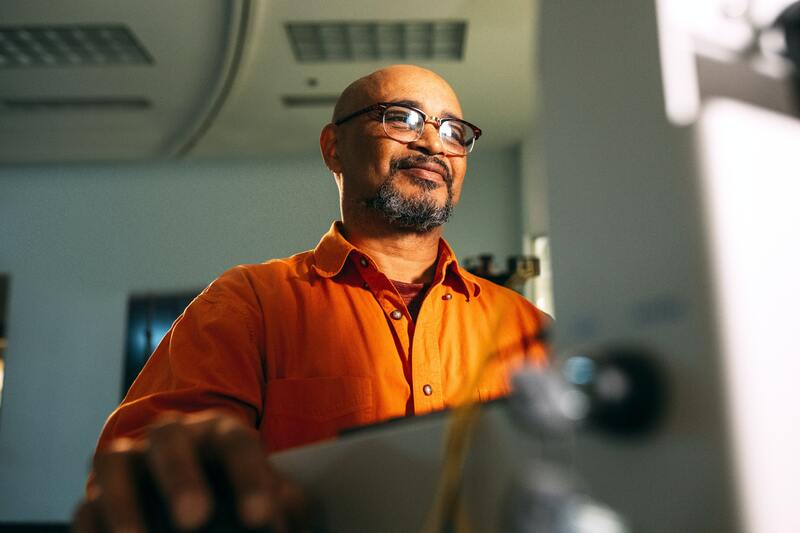The first rule of usability
The first rule of website usability is “don’t make me think”. By this we mean that a website must be obvious, evident, clear and easy to understand without exhausting your efforts. Questions should be avoided.
What does usability mean? It means that something works well and that a user with or without experience is able to use something without feeling frustrated. A good principle of usability is that if something is time-consuming or complicated to use, it is less likely to be used.
One thing must be clear: there is no “right” way to design websites; it is a complicated process and the real answer to most questions is “it just depends”. Designing, creating and maintaining a website is no easy task.
If you pay attention to usability, it will mean less frustration and more satisfaction for users. How do we actually use the web?
When a website is created we believe that each page will be carefully studied, that our texts will be read and understood in the way that everything has been organised. But what we usually do, if we are lucky, is “take a look”, quickly read the text and click on the first link that “looks” vaguely like what we are looking for.
If we want to design an efficient website we have to learn to live with 3 factors.
1. We do not read a website, we just look at it
Little time is invested in reading a website. We quickly look around or read over for words that catch our attention. Why?
- We are usually in a hurry.
- We know that we don’t have to read everything, we only look for a fraction, the strictly necessary that fits our interest, the rest is simply irrelevant.
- We are good at it, we have been looking at newspapers, magazines and books all our lives for that part that interests us (and we know it works).
What we see when we look at a website depends on what we have in our minds and we focus our interest on words and phrases that seem to fit best:
- What we are doing at the moment.
- Our personal interests.
- Words that cause us to react (“free”, “offer” or our name).
2. We do not make optimal decisions, we stay with the one that “is enough”
We tend to think that the user looks at a website considers the options available and chooses the best one. In reality, most of the time we do not select the best option, we are left with “the most reasonable first” (satisficing, is a cross between satisfactory and sufficient). Why don’t we look for the best option?
- We are usually in a hurry. Optimizing is difficult and takes a lot of time, the satisficing strategy is more effective.
- The consequences of the mistake made are either unimportant or are solved by clicking the ‘back’ button.
- Weighing up different options does not guarantee the improvement of our opportunities.
- Guessing is more fun. The option chosen gives the possibility to find something surprising and good.
3. We don’t find out how things work
One of the most obvious things is the degree of ignorance we have when using the web. Most people use the website efficiently but far from the designer’s true intentions, why does this happen?
- We don’t care. Understanding how it works is not important.
- If we find something that works, we continue with it and do not look for a better solution, unless by chance we find another one.
Knowing that users pass quickly over websites, there are 5 keys to make sure they see and understand most of the site:
- Creating a clear visual hierarchy.
- Taking advantage of and using conventions.
- Making a clear division of defined areas.
- Making clear what can be clicked on.
- Minimizing the noise.
We have recently updated our website, take a look at it in depth and let us know what you think.










